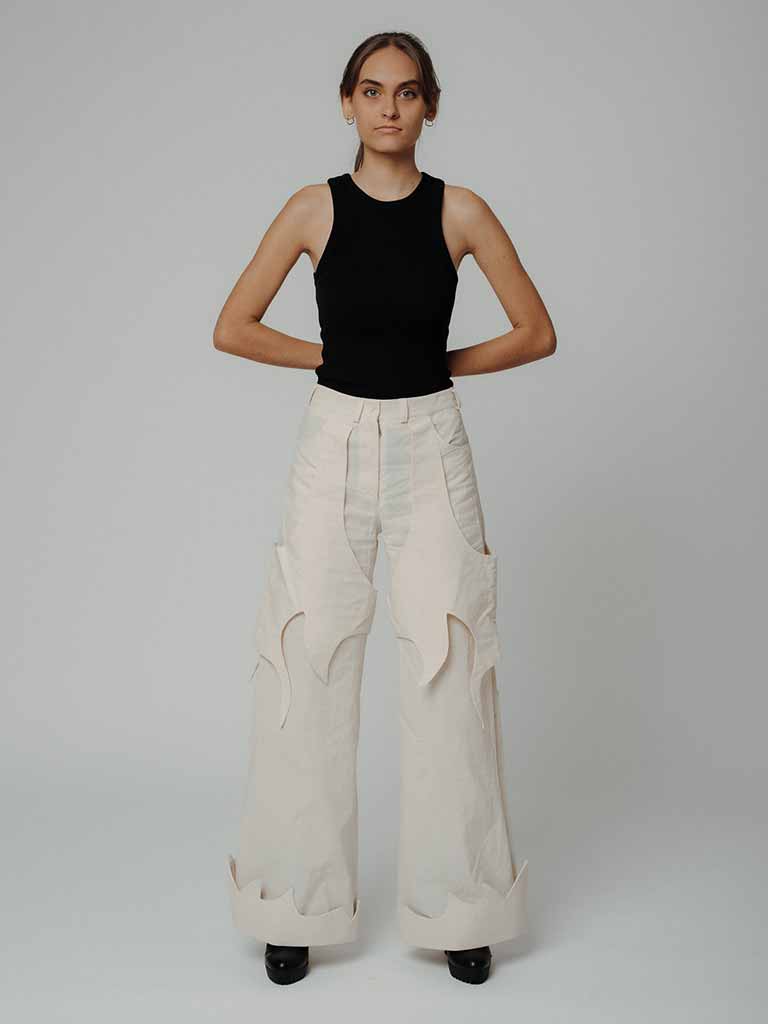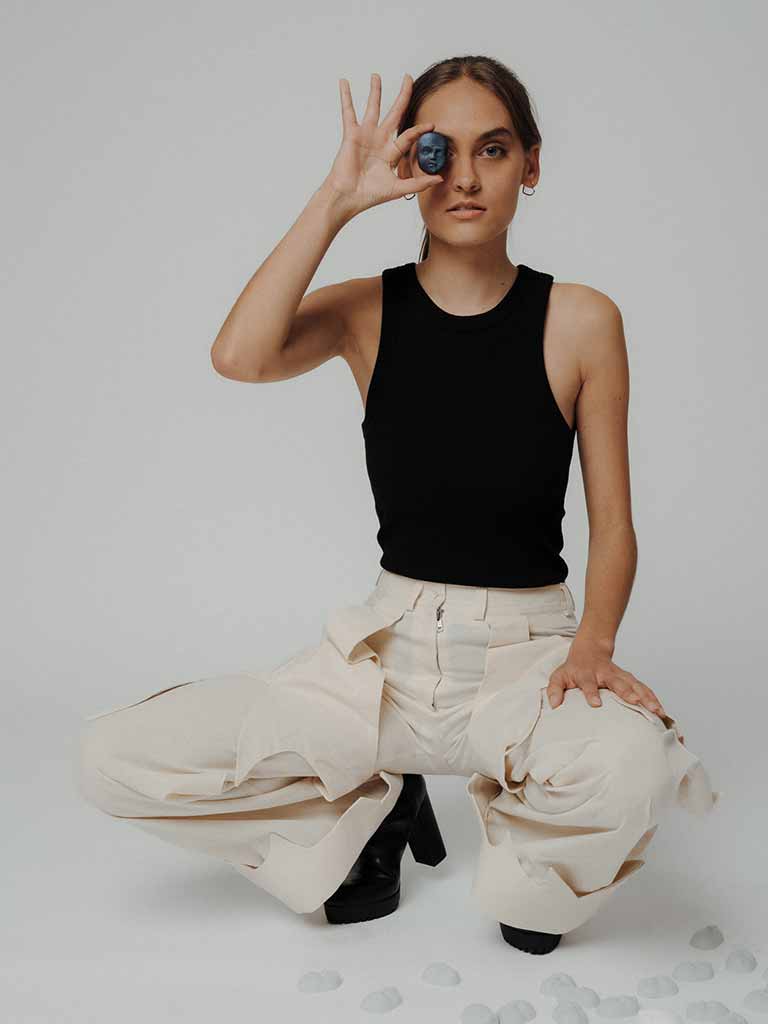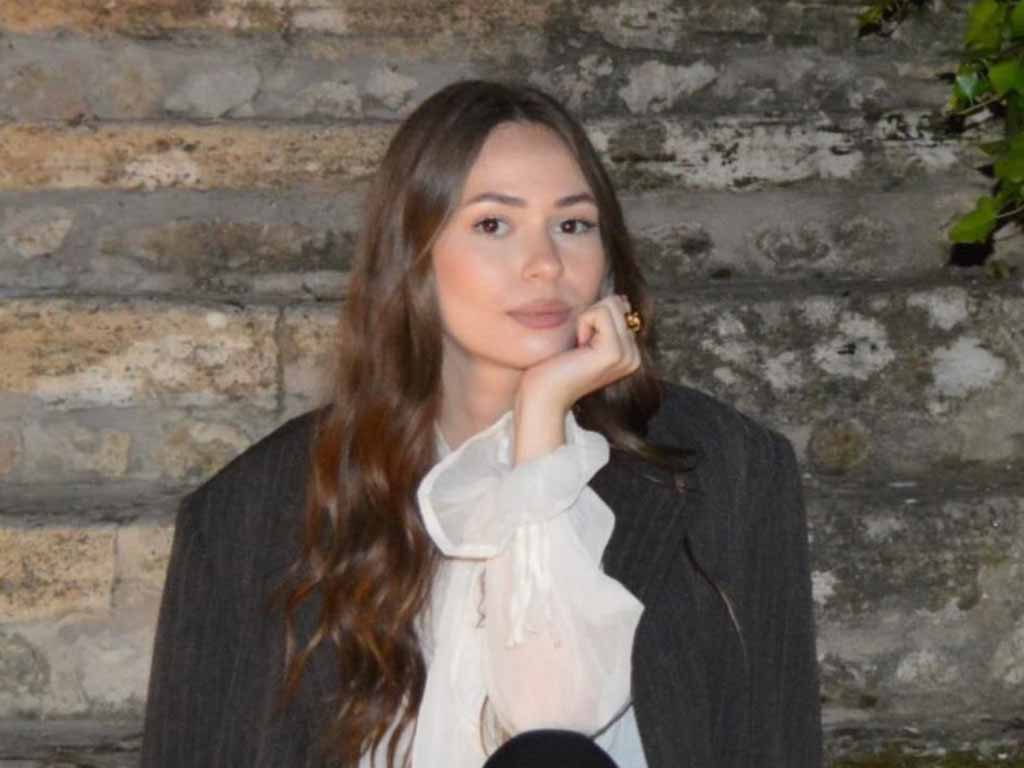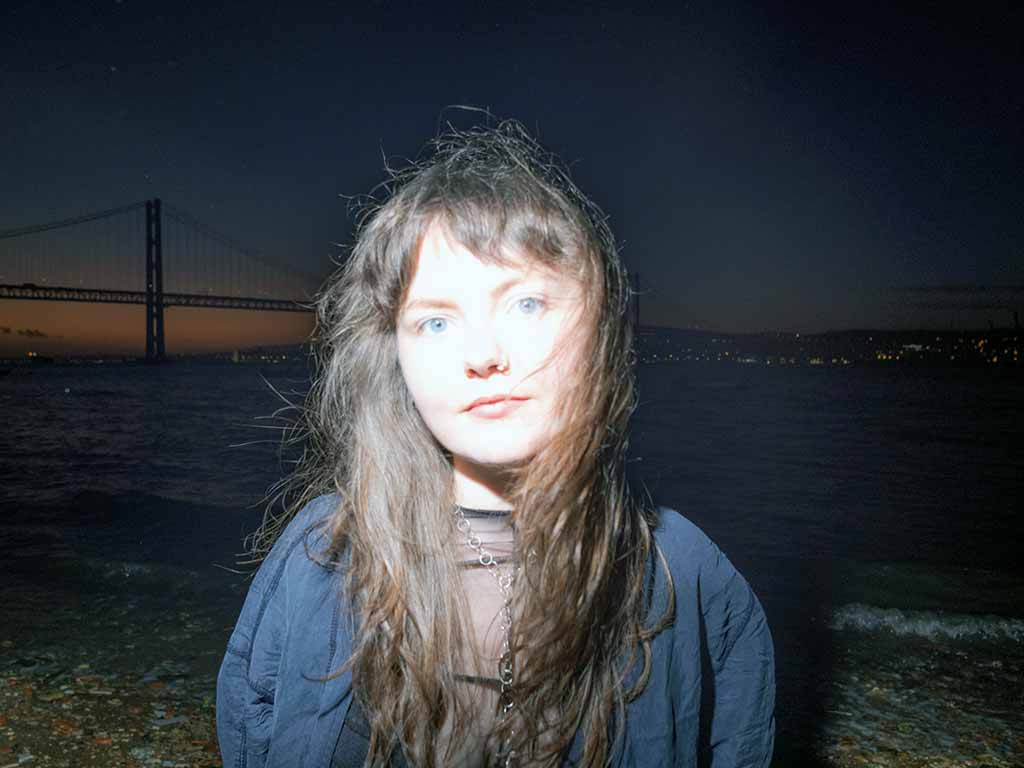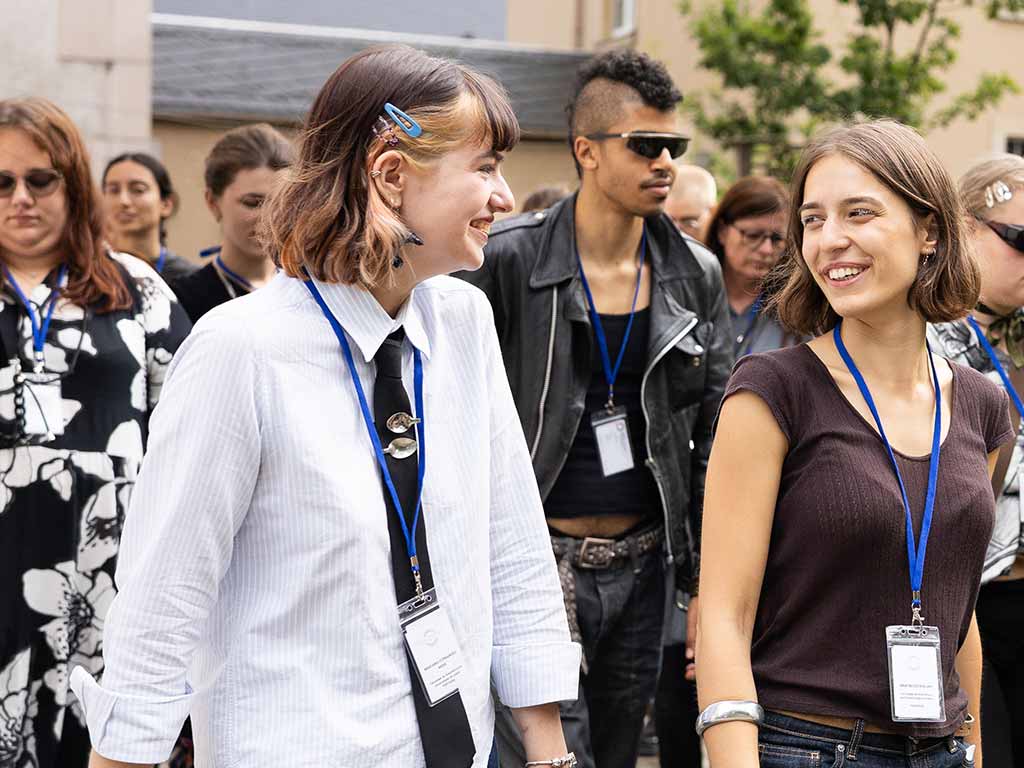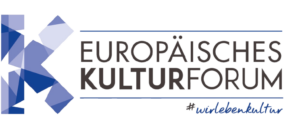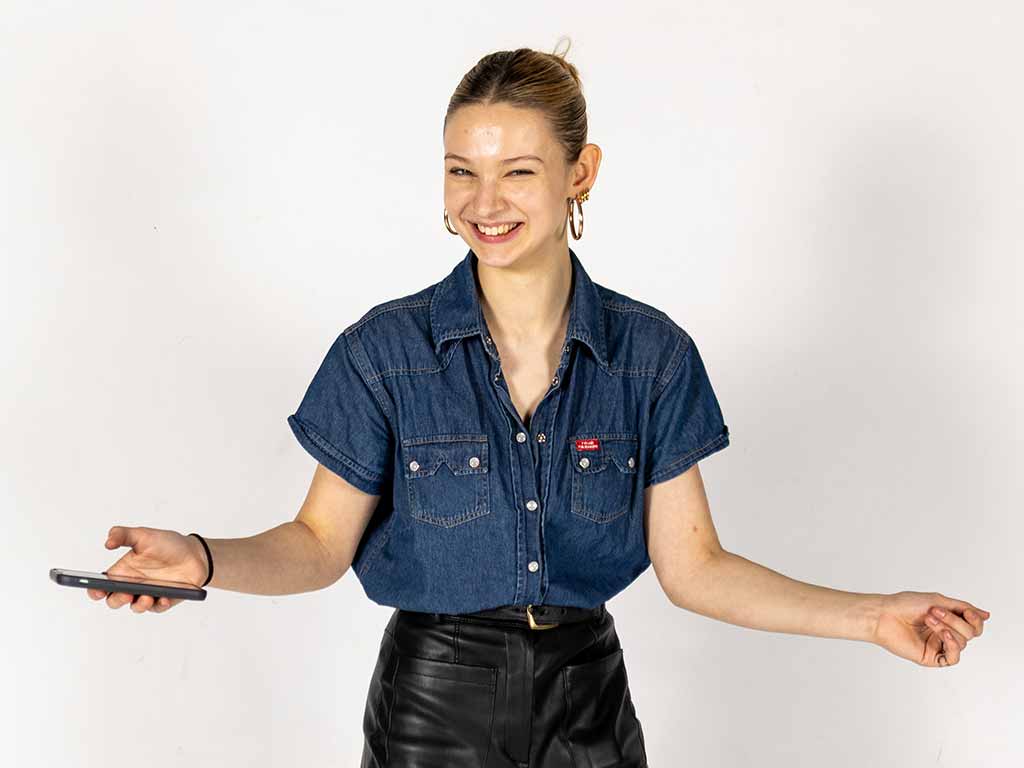
“I have learned to dream big – whether digital or real” in conversation with Urtė Kavaliauskaitė
At 20, Urtė Kavaliauskaitė is studying Fashion Design at the Vilnius Academy of Arts in Lithuania. Her designs combine artistic passion with attitude – shaped by her love of theater and musicals. She shares the creative discoveries she’s made – and why communication can sometimes be the biggest challenge.
Urtė, what additional skills or insights did you gain in the makerspace – beyond purely technical or craft-related ones?
Urtė Kavaliauskaitė: I definitely learned to use many more digital tools – for example, Adobe Substance, After Effects, and even some AI tools. I also discovered new creative methods for programs I was already familiar with. What I missed a little was real teamwork. Nevertheless, I learned to communicate with very different people – especially because many of us didn’t speak their native language. It was a completely new experience.
Were there any “aha moments” or particularly innovative approaches that stick out in your mind?
Urtė Kavaliauskaitė: Actually, my entire digital creation was a single “aha moment.” My design had wing-like outgrowths in reality, stabilized by metal wires – something that couldn’t be directly implemented in CLO. Isabel then suggested creating an invisible structure that wouldn’t be visible in the animation. I would never have thought of that! I didn’t even know you could work with invisible structures – it opened up completely new possibilities for me.
What new connections or collaborations between universities would you like to see?
Urtė Kavaliauskaitė: I think it would be great to start by establishing connections with our neighbors – that is, with students from Latvia, Estonia, and Poland. I feel like we share a similar work ethic: We work quickly, creatively, and aren’t afraid to experiment. A collaboration could lead to some really exciting projects. But I’m also very interested in Amsterdam – for example, the Amsterdam Fashion Academy with its digital fashion courses. Or Italian programs that focus on haute couture sewing techniques—that would be a fascinating combination. “Sometimes the simplest solution is the best.”
What was your biggest challenge in the makerspace—and how did you overcome it?
Urtė Kavaliauskaitė: Absolutely: communication. It’s really difficult to explain an idea to someone when both of you only speak a common second language. Sometimes I find it difficult to express my thoughts precisely in my own language—then translating them while maintaining the same meaning and emotion was a real challenge.
What concrete result or learning experience did you take away from working on your avatar or outfit?
Urtė Kavaliauskaitė: Definitely the wing-like outgrowths I mentioned earlier. For me, they symbolize creative courage and the freedom to think outside the box.
Was there a moment that particularly surprised or inspired you?
Urtė Kavaliauskaitė: Yes, when I consulted with a 3D printing instructor. I realized that understanding what isn’t possible is the only way to truly understand what is possible—and to do so in the most efficient way. I was surprised at how simple the best solution was; it was right in front of me! All I needed was someone who truly understood the technology.
How do you think the approaches developed in the makerspace could be further developed in the Holo show or beyond?
Urtė Kavaliauskaitė: Honestly, I’m not sure. I don’t think digital and real-life fashion are as compatible as many people think. What works in reality often doesn’t work digitally—and vice versa. My best advice is to dream big and stay creative. I’ve learned that from both physical and digital design. There’s no one-size-fits-all approach that works for both worlds—and that’s what makes it so exciting.
“Creativity arises where you recognize boundaries – and yet still exceed them.”

